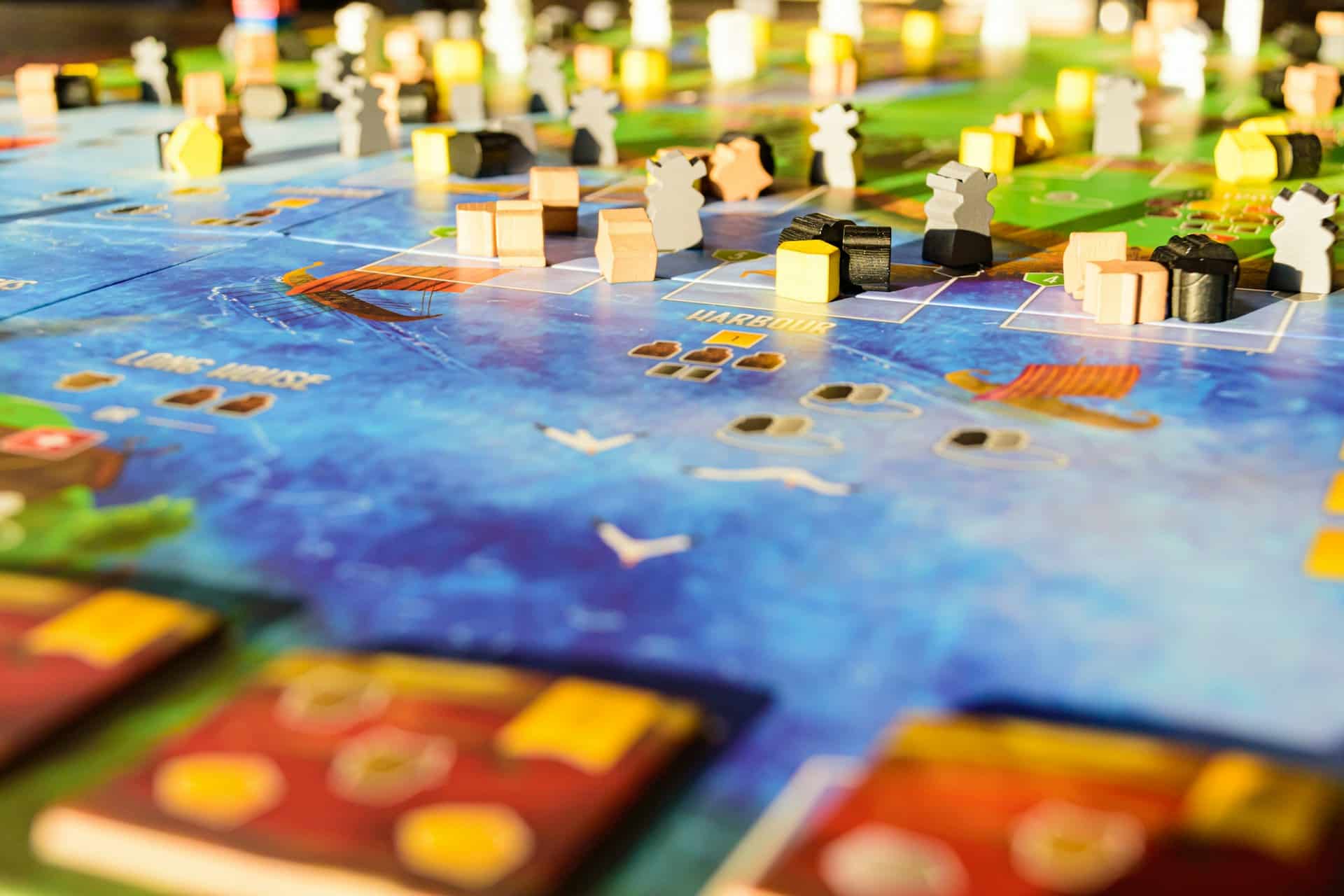How can developers create more immersive environments using real-time ray tracing?

In the ever-evolving realm of game development, achieving visual fidelity has become paramount. The gaming industry continually seeks to push boundaries, and one of the most transformative technologies in recent years is real-time ray tracing. This revolutionary approach to rendering light, shadows, and reflections has paved the way for more immersive and realistic virtual worlds. But how exactly can developers harness this technology to create gaming experiences that captivate and engage players? This article delves into the intricacies of real-time ray tracing and its implications for game developers.
The Science Behind Real-Time Ray Tracing
Real-time ray tracing is a cutting-edge technique in computer graphics that simulates the physical behavior of light. Unlike traditional rendering methods, which approximate lighting through various algorithms, ray tracing follows the path of light rays as they travel through a virtual environment. This results in strikingly accurate global illumination, reflections, and shadows.
Dans le meme genre : How can developers use AI to predict and adapt to player strategies in RTS games?
Tracing the Behavior of Light
At its core, ray tracing works by tracing the path of rays from the camera to the light sources. This process mimics how light behaves in the real world, bouncing off surfaces, casting shadows, and creating reflections. The simulation of these interactions results in more lifelike and realistic lighting. This meticulous attention to the behavior of light enables developers to craft virtual environments that feel almost tangible.
Real-Time Ray Tracing vs. Traditional Rendering
Traditional rendering methods rely on rasterization, where objects are broken down into pixels and shaded based on their color and texture. While efficient, rasterization often falls short in replicating complex lighting scenarios. Real-time ray tracing, on the other hand, computes the interaction of light with objects in real-time, offering unparalleled realism. This leap forward in tracing technology allows for dynamic lighting adjustments, contributing to more immersive gameplay.
Sujet a lire : What are the challenges of implementing voice control in multi-language video games?
Hardware Requirements for Real-Time Ray Tracing
Implementing real-time ray tracing demands powerful hardware. GPUs (Graphics Processing Units) from companies like NVIDIA and AMD have developed specialized cores to handle the computational load. The rise of Unreal Engine and other advanced game engines has also facilitated the integration of ray tracing, making it accessible to more developers. As the hardware becomes more affordable, we can expect even indie developers to explore this technology, elevating the visual fidelity of their creations.
Revolutionizing Game Graphics with Ray Tracing
Real-time ray tracing has undeniably revolutionized game graphics, offering a level of realism previously thought unattainable. This section explores how developers can leverage this technology to create more realistic and engaging gaming experiences.
Creating Realistic Lighting and Shadows
One of the most significant impacts of ray tracing is in the rendering of lighting and shadows. Traditional methods often produce shadows that appear detached or inconsistent with the light source. Ray tracing, however, calculates shadows based on the actual interaction of light and objects, resulting in more realistic and dynamic shadows. For instance, a character walking through a dimly lit room will cast soft, diffused shadows that move naturally with the light source.
Enhancing Reflections and Global Illumination
Real-time ray tracing also excels in creating accurate reflections. In traditional rendering, reflections are often faked using techniques like screen space reflections (SSR), which can lead to visual artifacts. Ray traced reflections, however, capture the nuances of reflective surfaces, from glossy floors to mirrored walls, adding depth and realism to the scene. Additionally, global illumination benefits immensely from ray tracing, as it accounts for indirect lighting, where light bounces off surfaces and illuminates other parts of the environment.
Immersive Virtual Worlds
The ability to simulate light behavior accurately enhances the overall immersion of virtual environments. When players encounter environments where light interacts naturally with the surroundings, it heightens their sense of presence. Whether it’s the eerie glow of a streetlamp in a foggy alleyway or the sun’s rays piercing through a dense forest canopy, these touches elevate the gaming experience, making it feel more authentic and engaging.
Practical Applications in Game Development
As the gaming industry embraces real-time ray tracing, developers are exploring its practical applications to create more immersive and visually stunning games. This section discusses some real-world examples and potential uses of ray tracing in game development.
Case Studies: Successful Implementations
Several games have already showcased the potential of real-time ray tracing. Titles like "Control" by Remedy Entertainment and "Cyberpunk 2077" by CD Projekt Red have set new standards for visual excellence. These games utilize ray tracing for global illumination, realistic reflections, and dynamic shadows, creating unforgettable gaming experiences. Players can see the difference in how light interacts with surfaces, from the sheen on a character’s leather jacket to the accurate reflections in rain-soaked streets.
Tools and Engines
Game engines like Unreal Engine and Unity have integrated real-time ray tracing, providing developers with the tools they need to implement this technology. Unreal Engine, in particular, offers robust support for ray tracing, allowing developers to achieve high levels of visual fidelity without redesigning their entire workflow. These tools streamline the integration process, making it easier for developers to focus on crafting their vision.
Balancing Performance and Visuals
While the benefits of ray tracing are clear, developers must also consider the performance implications. Ray tracing is computationally intensive and can impact frame rates if not optimized correctly. Balancing performance and visuals is crucial, and many developers employ techniques like hybrid rendering, where only certain elements of a scene are ray traced, to maintain performance while still delivering stunning visuals. As hardware continues to advance, we can expect these performance concerns to diminish, allowing for even greater visual feats.
Future Trends and Innovations
The future of real-time ray tracing holds exciting prospects for the gaming industry. As technology evolves and becomes more accessible, new trends and innovations are likely to emerge, further enhancing the immersive qualities of virtual worlds.
Advances in Hardware
Hardware advancements are critical to the widespread adoption of real-time ray tracing. Companies like NVIDIA and AMD are continually pushing the envelope, developing GPUs with enhanced ray tracing capabilities. Future GPUs are expected to offer even greater efficiency, enabling more developers to incorporate ray tracing without compromising performance. Additionally, new technologies like AI-driven denoising algorithms can help improve the visual quality of ray traced scenes, making them look even more realistic.
Expanding Beyond Gaming
While gaming is a primary beneficiary of ray tracing, the technology has broader applications. Industries such as film, architecture, and virtual reality can leverage ray tracing to create hyper-realistic simulations and renderings. For example, architects can use ray tracing to visualize how light interacts with building materials, providing clients with a more accurate representation of their designs. In virtual reality, ray tracing can enhance immersion by creating lifelike environments that respond dynamically to user interactions.
Collaborative Development
As the gaming industry embraces ray tracing, collaboration among developers, hardware manufacturers, and engine creators will be essential. Sharing knowledge and best practices can help streamline the adoption process and drive innovation. Industry conferences, forums, and online communities provide platforms for these collaborations, fostering a collective effort to push the boundaries of what’s possible with real-time ray tracing.
In conclusion, real-time ray tracing is a game-changing technology that empowers developers to create more immersive and visually stunning virtual environments. By accurately simulating the behavior of light, ray tracing enhances the realism of lighting, shadows, and reflections, resulting in gaming experiences that captivate and engage players. As hardware continues to advance and more tools become available, the potential for ray tracing in game development will only grow. Developers who embrace this technology can look forward to crafting truly lifelike and engaging virtual worlds that push the boundaries of what’s possible in the gaming industry.
By understanding the principles and practical applications of real-time ray tracing, developers can harness its power to create more immersive and realistic gaming experiences. The future of gaming is bright, and with ray tracing, it’s more vividly illuminated than ever before.
